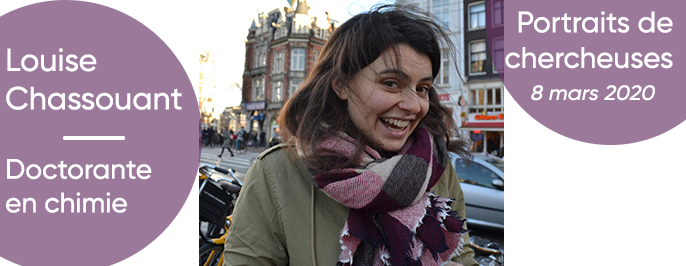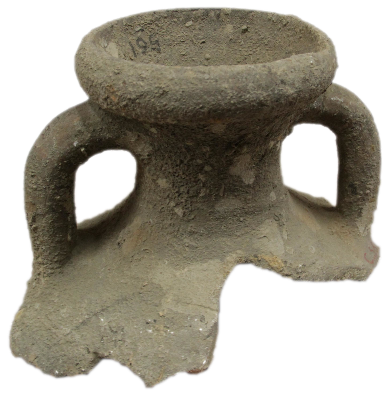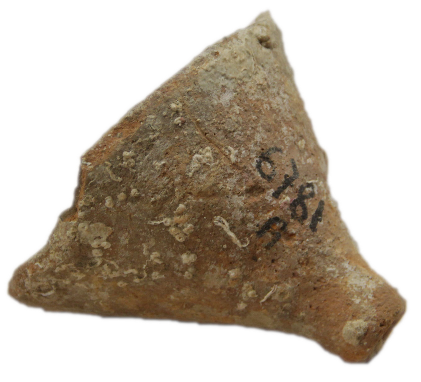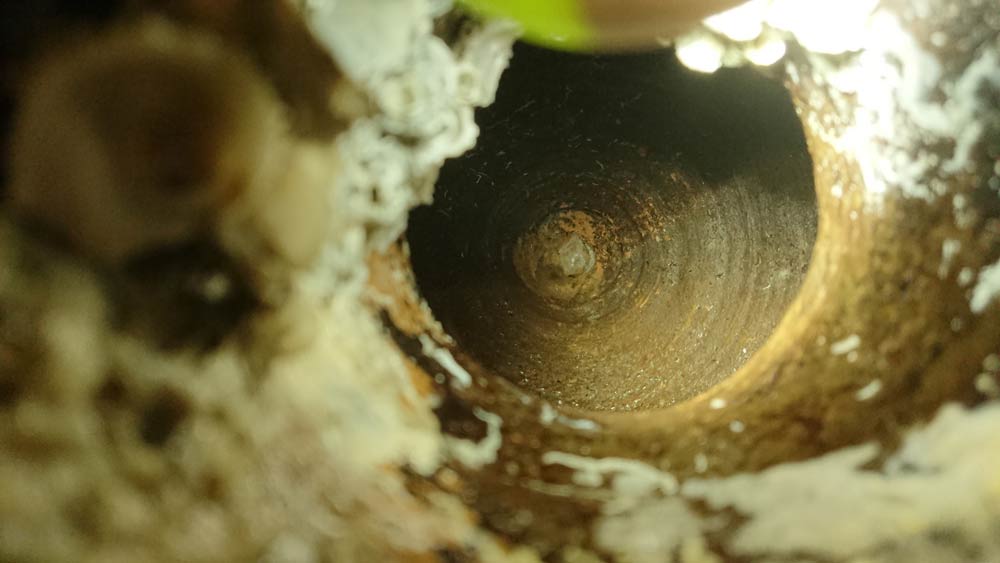[Portrait] Louise Chassouant, PhD student in chemistry

What is your research about?
In a few words, my thesis is about the analysis of amphora residues in order to know what they had contained or transported (oil, wine, flavoured perhaps...). It may sound very 'exotic' but the work is the result of a collaboration between different archaeologists who provide the amphorae and underpin the archaeological context in order to give a more practical meaning to my results. To do this, we are studying in detail the pitch, which lined the inside of the amphorae to make them waterproof, from two angles: by chromatography (analytical chemistry) and by the presence of pollen (palynology).


What are your current scientific activities?
At the moment, I study pollens a lot through a microscope. I'm always amazed when I realise that they date back to the first century BC, I feel like I'm witnessing another world unfold before my eyes.
I will present some of my research to the MidiScience of 9 April 2020 [postponed to a later date]. if you are interested... And if not, my "scientific news" is currently limited to scientific presentations that I can give at various conferences.
Why did you choose to work in academic research?
By pure chance! I did a Master's degree in Biological and Molecular Chemistry at EPFL (Switzerland) and I was incredibly delighted to discover a course on the analysis of ancient materials and their degradation. Even if it was on Friday morning, I wouldn't have missed it for anything.
At that point, I thought that what I really liked about chemistry was the possibility of applying it to objects that spoke to me, such as paintings or objects of cultural heritage.
After almost a year of research between the University of Amsterdam and the RijksMuseum (Holland) to study the appearance of certain visual degradations on paintings, I realised that I liked research because it allowed me to understand visual and concrete phenomena on my own scale.
What advice would you give to students who want to do research?
To work a lot, but to do it intelligently. Not to learn for the sake of learning, but rather to learn in order to understand!
Which object or image from your research best illustrates you?
The image doesn't really "illustrate" me, but I like what it represents. At first glance it looks unattractive, but it can be very interesting. It's a nice metaphor for archaeometry!
We are in the heart of the amphora. It contains pitch (in black), with brown residues at the bottom that crystallize all my expectations of interesting results! Then on the edges, concretions that symbolise the inevitable natural degradation.

Updated on 22 December 2022